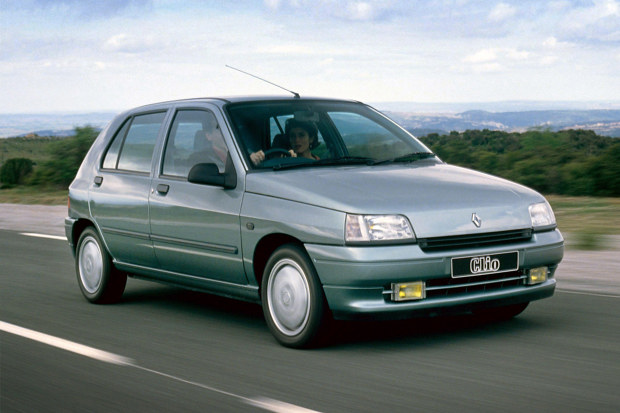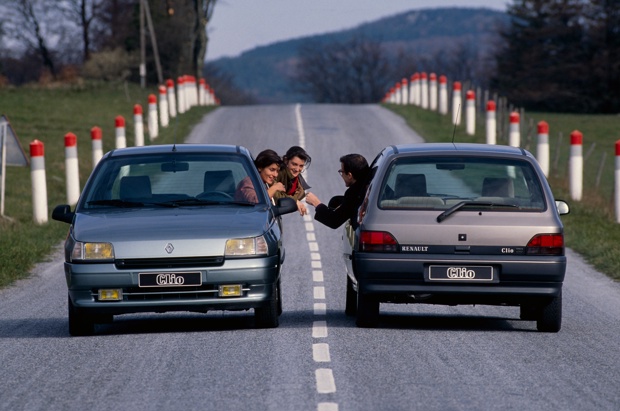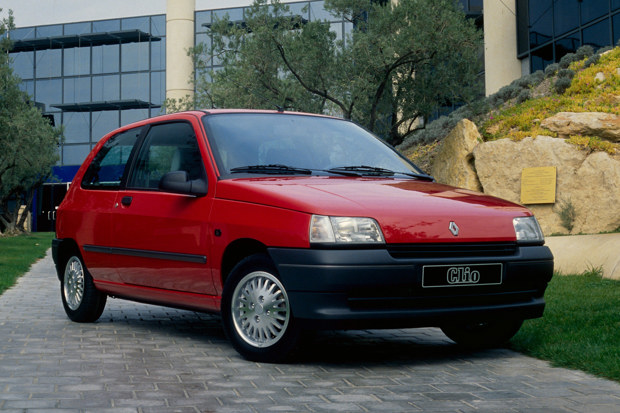Monday Motoring Classic: Renault Clio

Replacing a legend is never easy, becoming one is even less so. The Renault Clio had a tough job to do when it debuted in 1991. That job was to replace a French national treasure, the Renault 5.
The Renault 5 had been pretty much France’s national hatchback since its debut in 1972, comprehensively outselling rivals such as the Citroen Visa and even the Peugeot 205, which was one of - if not the best - small hatchback in the world.
The second generation ‘Supercinq’ came along in 1985, so was only half a decade old when Renault unveiled its replacement at the 1990 Paris Motor Show. The first Renault since the Fuego to feature a name and not a number, the Renault Clio was an extremely handsome small car, and expectations were high when it went on sale in March 1991.
Renault deliberately marketed the Renault Clio as more upmarket than the Renault 5. There were two reasons for this – first, that it wanted to hide the fact that beneath the skin, the original Renault Clio was little more than a reskinned second generation Renault 5 (itself a truncated Renault 9/11).
The second reason was that the Renault 5 would continue in production awhile longer at Renault’s factory in Slovenia and would be sold across Europe as the Renault 5 Campus – a budget model that would allow Renault to compete, in pricing terms at least, with the new generation of smaller cars such as the Peugeot 106 and Citroen AX.
The range-topping Renault Clio RT, in particular, was especially chic, with smart yellow fog lamps, lattice-style alloy wheels and plush velour trim.
It was a gunmetal grey example that became the focal point of the very first ‘Nicole?’, ‘Papa?’ ad campaign that achieved as much fame as the Renault Clio itself. Fame that was rounded off with the prestigious 1991 European Car of the Year award.

Further fame was to follow in 1993, with the launch of the 2.0-litre, 150PS Renault Clio Williams – a race-bred hot hatch built to commemorate Renault’s 1992 F1 World Championship success with the Williams F1 team.
Today, a genuine Renault Clio Williams is hot property, but performance fans can still enjoy Renault Clio ownership with the 16v, the ‘cooking’ hot Clio. With 135PS on tap, it’s not quite as quick, but it’s still massively quick and incredibly entertaining.
Other early Renault Clios worthy of note are the uber-luxurious Baccara - Renault’s leather clad answer to the Peugeot ‘Roland Garros’ range – and the 1.8RSi, a ‘warm’ rather than ‘hot’ hatch that, with 110PS, is certainly much quicker than your average hatchback. Considering that even the most basic of Renault Clios was a hoot to drive, it’s worth finding one if you can.
The Renault Clio ‘Phase 2’ came along in 1994, with some minor styling tweaks, a more bulbous rear end and a softer-edged dashboard in answer to criticisms of the Renault Clio's cabin, which some of the harsher critics compared to a communist apartment block.
Unsurprisingly, the car was a huge sales success and continued to be so until it was replaced by a full-on second generation Renault Clio in 1998, by which time Nicole and her beau were married – a fitting finale for the Renault Clio d’origine. Find a classic Renault for sale.


